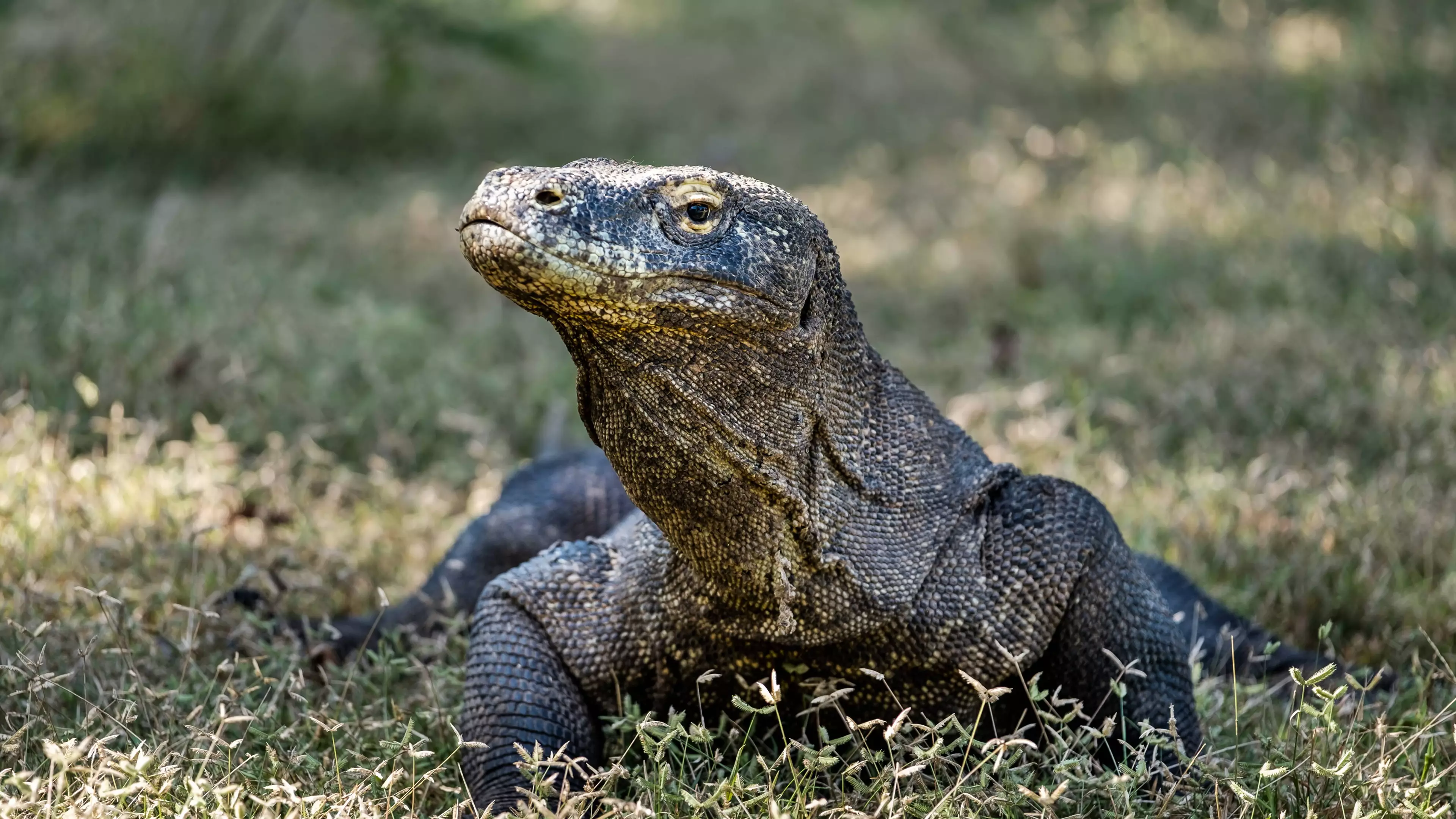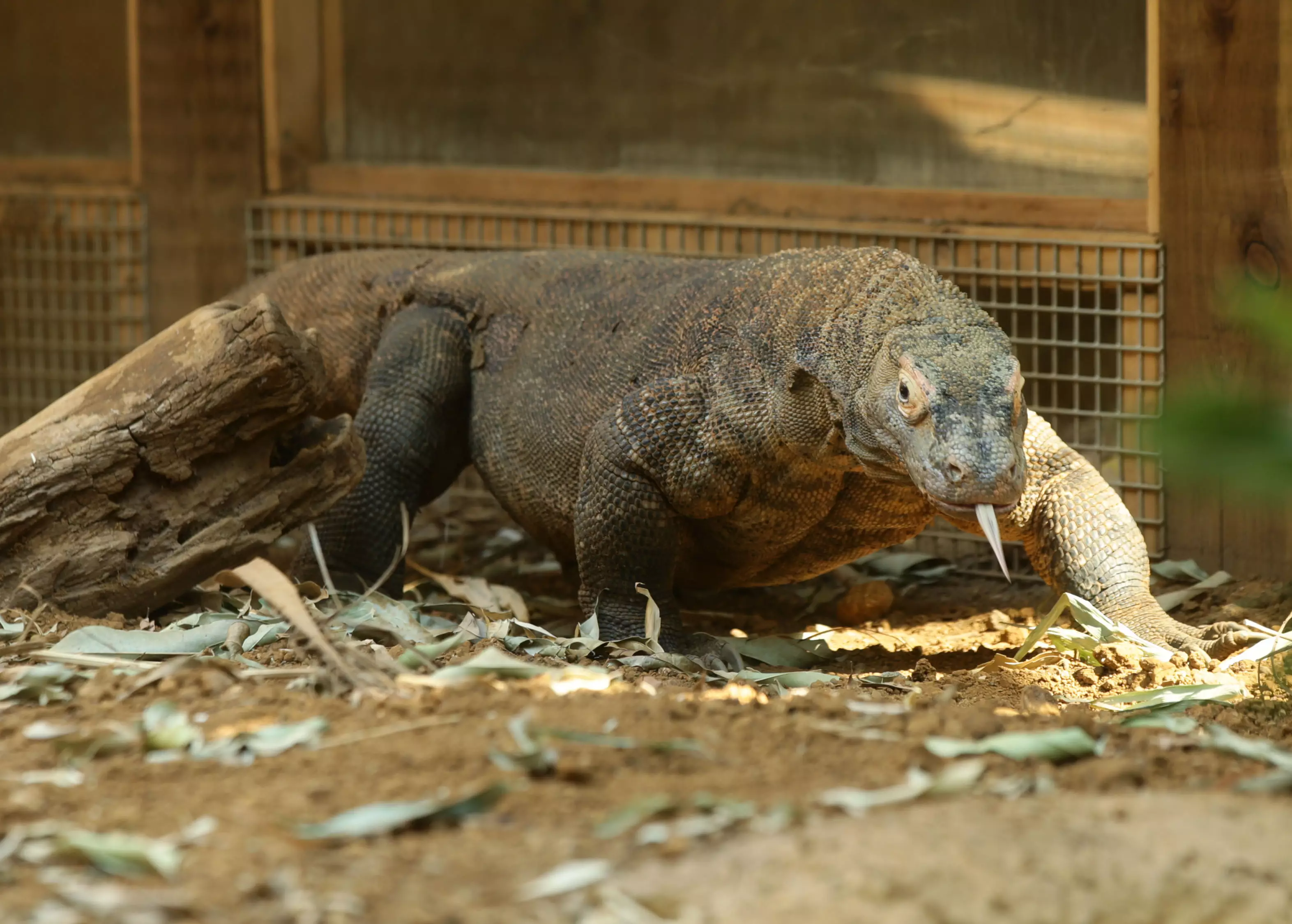
The world's largest lizard, the Komodo dragon, is now officially at risk of extinction due to rising sea levels caused by climate change, says a new report by the International Union for Conservation of Nature (IUCN).
According to the IUCN, a global authority that released its so-called 'Red List' of endangered creatures this weekend, the Komodo's continued chances for survival in the wild are becoming increasingly slim.
Ultimately, the species' suitable habitat is shrinking because of climate change and human pressures outside its protected areas in Indonesia.

The list, which includes the evaluation of more than 138,000 species, officially shifts the status of the Komodo dragon from 'vulnerable' to 'endangered'.
Advert
This change is primarily driven by rising sea levels, as melting ice caps caused by global warming will see the dragon's natural habitat on Komodo and its neighbouring islands get reduced by at least 30 percent over the next 45 years, as the oceans continue to expand and reduce the available landmass.
Native to just a handful of Indonesian islands, the Komodo dragon typically lives on the edge of forests or in open savannah, rarely venturing higher than 700 metres above sea level.
But as well as being unable to move to higher ground, the creatures' habitat is becoming increasingly disrupted by human activity, which makes populations less genetically healthy and more vulnerable.

Their habitat range on the island of Flores in south-eastern Indonesia is thought to have shrunk by more than 40 percent between 1970 and 2000.
Advert
"Because of human pressure, the forest is slowly being cut down and disappearing, and the savannah is affected by fires and degradation. That is why the animals are really in small little pockets," said Gerardo Garcia, curator of vertebrates and invertebrates at Chester Zoo, to The Guardian.
"Habitats are being made even smaller due to rising sea levels."
Although the creatures are currently well-protected by conservation efforts undertaken by officials at Komodo National Park, the well-being of those that reside outside of protected zones on the island of Flores are becoming increasingly threatened.

"The idea that these prehistoric animals have moved one step closer to extinction due in part to climate change is terrifying," said Andrew Terry, conservation director at the Zoological Society of London, calling for action to protect nature at the Glasgow climate conference in November.
Advert
Out of 138,000 species on the updated IUCN red list, more than 38,000 are threatened with extinction.
The organisation has also detailed a comprehensive reassessment of shark and ray species, with 37 percent now threatened with extinction due to overfishing, loss of habitat and the climate crisis.
Often growing to up to three metres long and weighing up to 150kg, the Komodo dragon was only discovered by Europeans in the 1930's.
Komodos feed primarily on forest-dwelling creatures such as pigs, deer, buffalo and fruit bats, which hang in the low-lying mangrove trees. When they attack, their venomous saliva causes their prey's blood pressure to suddenly drop and stops it clotting, sending them into shock.
Advert
Yet despite their immense size and gory credentials, scientists still know remarkably little about the creatures, due to their legendary bouts of shyness.
Featured Image Credit: PATopics: indonesia, Global Warming, climate change, Animals